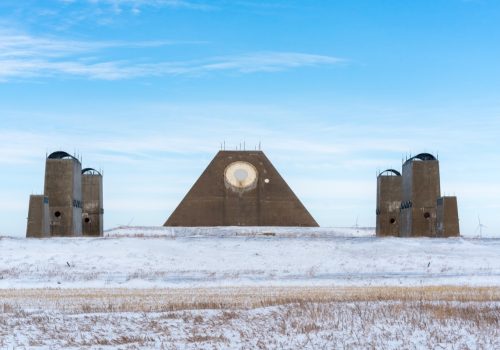With the election of Donald Trump as President of the United States and the emergence of other troubling political currents worldwide, the media industry has started to wonder what in their reporting was missing that made these anchored social realities be cold-shower surprises. Sim Chi-Yin, who was a journalist before becoming a photographer, started a visual career reporting in a fairly factual way on the lack of social justice around the world, mainly in China where she lives.
She only recently started to question the impact of such a literal documentary language, at the occasion of a fellowship in the US. “Who are we to speak to people in other parts of the world who reject the vocabulary of human right?”, she asked her tutors. “They looked at me as if I was coming from Mars”, she recalls. “We believe that we can convince other people but recent politics has proven that it is not true. If you don’t accept that you are alienating a big chunk of the population. A lot of liberals, artists and NGO have been asking themselves about the way we document the issues of our time and how come we can’t convince people who don’t think like us.” She started to work more slowly, including landscapes in her storytelling, determined to have people get interested in the work itself before engaging them in a conversation.
So, when she was commissioned to be this year’s Nobel Peace Prize photographer and the laureate was announced, she was thrilled – it was not an individual who had been rewarded but a global civil society coalition, the International Campaign to Abolish Nuclear Weapons (ICAN). “It’s a substantial intellectual topic, that is very real today. It may be hidden behind climate change, but it’s a very contemporary issue. I reached back into my cold war history training and tried to sketch a concept that would be achievable in 2 months and not repeat what had been done”, she explains.
This was last fall, when the bout of button-bragging had us sweating nuclear holocaust, and she decided to focus on both the US and North Korea – the United States is the first country to have tested, and used, nuclear weapons, while North Korea is the only country to have tested them in the 21st century.
“In October, 2017, I drove the quiet, empty border between China and North Korea, […] photographing locations closest to North Korea’s nuclear test sites, missile manufacturing facilities and munitions bases. Two weeks later, I traveled through equally quiet stretches of the western United States, […] where an all-seeing pyramidal radar complex stands, to the white heat of the cratered test site in Nevada’s desert. I climbed into missile silos, crawled out of bomber escape hatches, and wandered around command and control centers used during the Cold War. […] With each site I visited, I felt the beauty and the weight of these landscapes and these quiet machines”, she writes in an essay accompanying her work.
Amazed by the visual and historical parallels between the two places, she started to pair landscapes in large photographic diptychs as well as in a two-channel video. A meditative piece, this 3:40-minute video features archival sound pieces ranging from the uncanny crackling of radiation counters, public discourses by John F. Kennedy and Donald Trump, North-Korean propaganda songs and distressing alarm sounds.
It seems clear today that certain assumptions in the way we communicate have failed, and Sim Chi-Yin’s answer borrows to poetry and abstraction apparatus. The photographs of decommissioned facilities and abandoned sites reveal the paradoxical way in which we treat the nuclear issue – with their soviet architecture and old design, they seem at first gaze outdated, looking like props or sets from an early James Bond movie.
Looking more closely, they show signs of present activity that works as warning signals – we may think about the nuclear as a Cold War era reality, but we are still highly exposed to its threat. Refusing to offer the viewer a partial discourse, she let us draw our own conclusions, while allowing us to gaze in awe at such examples of engineering. “It’s such a polarizing issue”, Sim Chi-Yin says. “And who get the right to point fingers at whom? I am trying to get people to ask themselves questions and arrive at the answer, whether it’s good or not to have nuclear weapons.”
Though this work is exhibited and will most probably be touring in other locations, she is not done with the issue and is planning to pursue the work over the coming years. And in the meantime, there is another of her long-term project to be seen in Singapore this month. The project, which started out as a family history piece, includes photographs, oral histories, archival material, artefacts, film, songs, and texts. Altogether, the ensemble forms an investigation of some of the hidden histories of the Cold War and the colonial British era in South East Asia.
Laurence Cornet
Laurence Cornet is a journalist specializing in photography and an independent curator. She splits her life between New York and Paris.
Sim Chi-Yin: Fallout, Nobel Peace Prize Exhibition
2017 – ICAN
Nobel Peace Center
Brynjulf Bulls Plass 1
0250 Oslo
Norway
Relics: Phan Thao-Nguyen, Sarker Protick and Sim Chi Yin
January 19th to April 1st, 2018
The Esplanade Co Ltd
1 Esplanade Drive
Singapore 038981
















